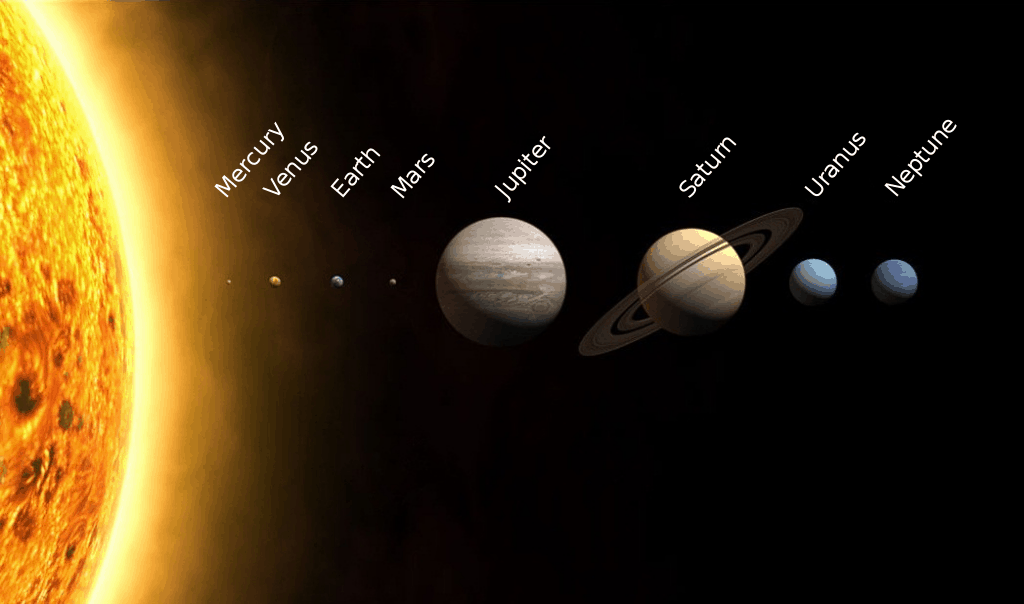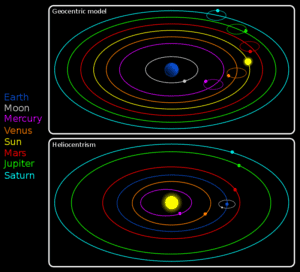Earth is the third planet from the Sun and the fifth largest planet in the Solar System with the highest density. It is currently the only known location where life is present.
Keys Facts & Summary
- The realization that Earth is a planet, and a planet among many others was established “fairly” recently, in the 17th century – this realization came through by the combined forces of ancient philosophers, mathematicians, and astronomers.
- Plato correctly deduced that the Earth is spherical but this idea would take root and be proven much later.
- The name “Earth” – is at least 1.000 years old, and it is a Germanic word which simply translates to “the ground.” It is not known who came up with it but it is the only planet that wasn’t named after a Greek or Roman god.
- However, the Greek equivalent to Earth is Gaia – terra mater – mother Earth, and Roman equivalent was Tellus – the fertile soil.
- Earth is the third planet from the Sun, at a distance of 1 AU or 147 million km / 91 million mi.
- It is the fifth-largest planet in the Solar System, being the largest of the terrestrial planets.
Earth
Since ancient times the Earth was taught to be at the center of the Universe with the other celestial objects orbiting around it. Some believed that the Earth was flat, while the ancient Greeks such as Plato correctly deduced that the Earth was a sphere.

Observations continued, ideas caught up and finally, it was established that Earth was a planet among many others. The name of our planet came from the Anglo-Saxon word “erda” and the Germanic word “erde” – they both mean soil or ground.
The old English version of these words became “eor(th)e” or “ertha”, which later transformed into “Earth.” Many other languages use some form of variation or naming of their own such as: Aarde, Terre, Tera, Jorden, Nchi, Bumi, and many more. We who inhabit Earth can be referred to as: Earthlings, Earthers, Terrans or Gaians.
Formation
The Earth is believed to have formed around 4.5 billion years ago. The duration for this formation has been estimated to have lasted about 10 to 20 million years.
Distance, Size and Mass
Earth is the third planet from the Sun, at a distance of 1 AU or 147 million km / 91 million mi. It is situated in the goldilocks zone where temperatures are just right for liquid water to exist and for life to evolve.

Depending upon their current orbital positions, either Venus or Mercury are the closest planets to Earth. It has an equatorial radius of 6.371 km / 3.958 mi, and a polar radius of 6.356 km / 3.949 mi, meaning it is not completely spherical but rather bulged at the equator due to rotation.
Orbit and Rotation
The Earth makes a complete rotation on its axis once every 23.9 hours. It takes Earth 265,25 days to complete one trip around the Sun – year. In order for calendars to maintain their consistency with this orbit, every 4 years one day is added – this is called a leap day – as well as a leap year.

Picture of Planet Earth

Quick Facts
| Surface Temperature: | -88 to 58° C |
| Orbit Period: | 365.26 Earth days |
| Orbit Distance: | 149,598,262 km (1 AU) |
| Notable Moons: | The Moon |
| Known Moons: | 1 |
| Equatorial Circumference: | 40,030 km |
| Polar Diameter: | 12,714 km |
| Equatorial Diameter: | 12,756 km |
| Mass: | 5,972,190,000,000,000 billion kg |











